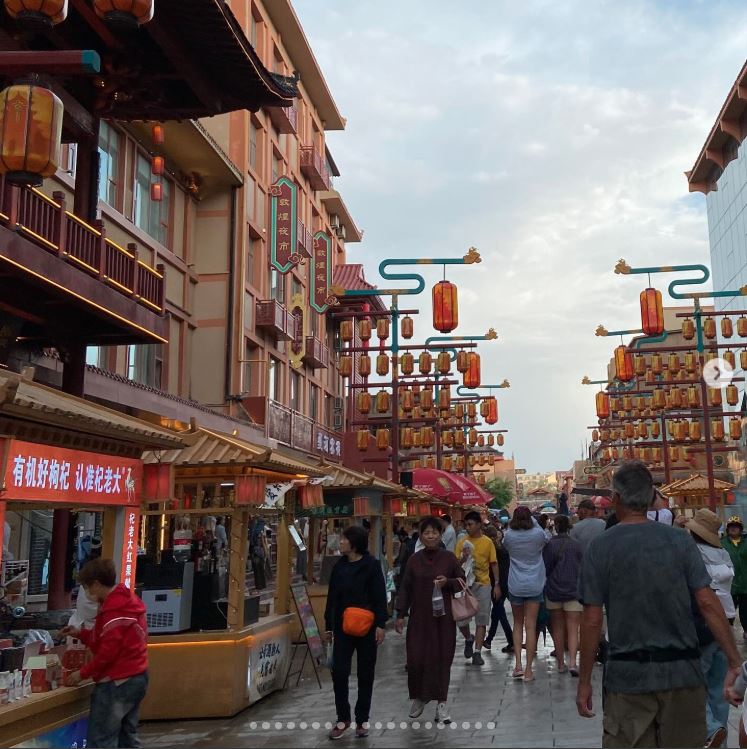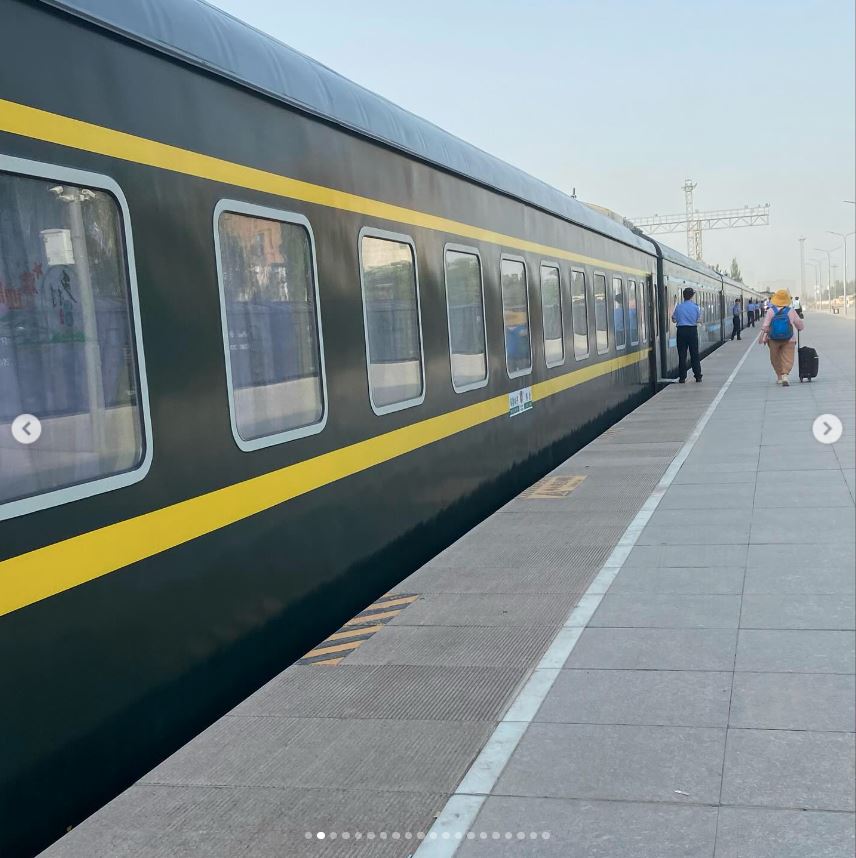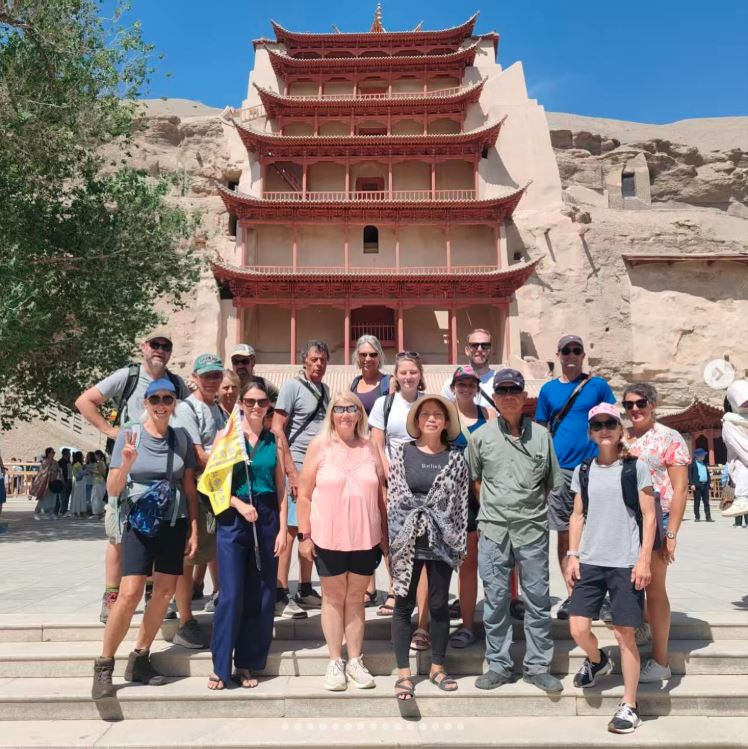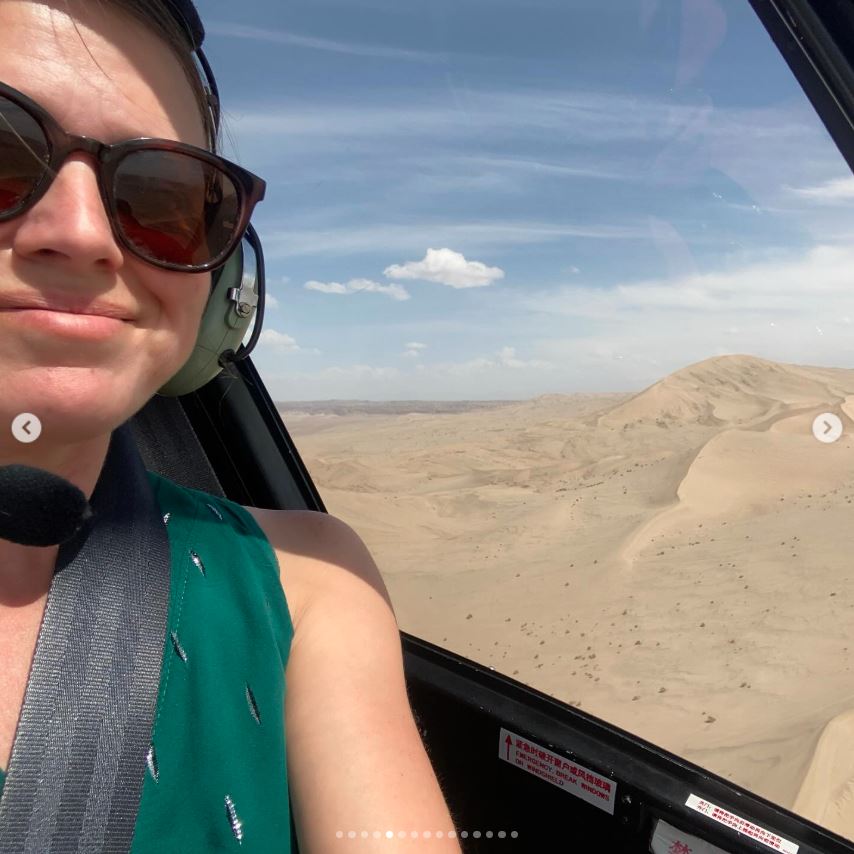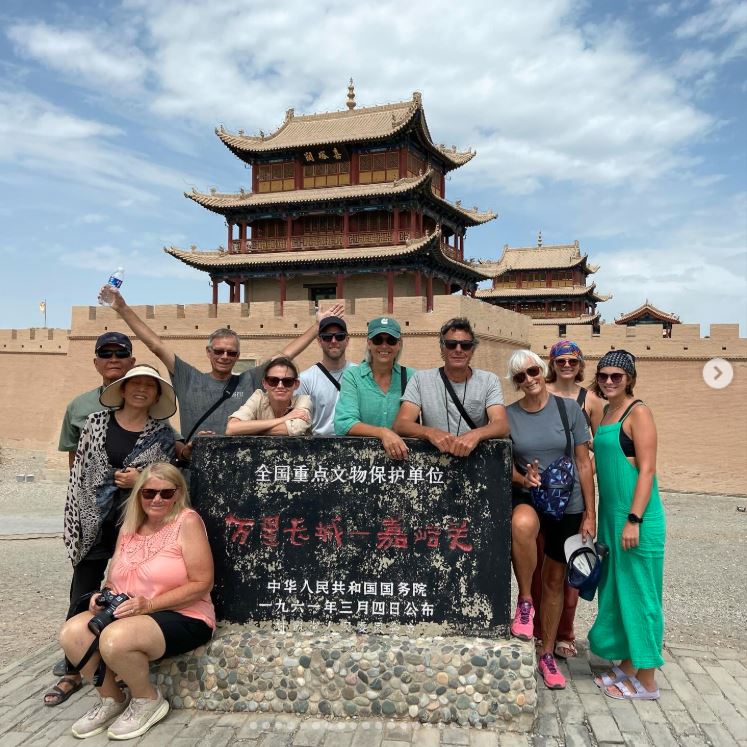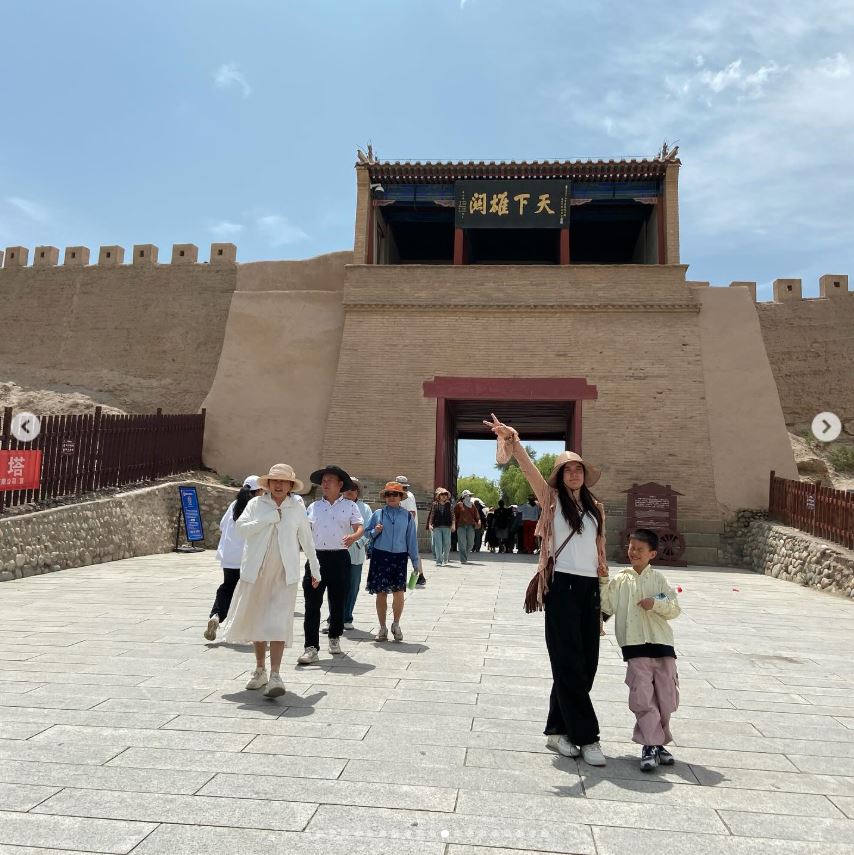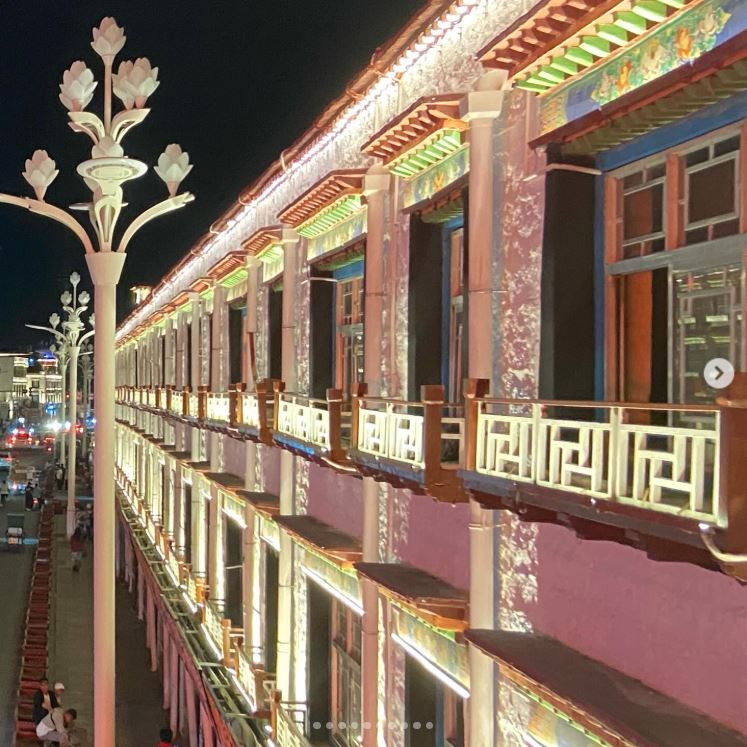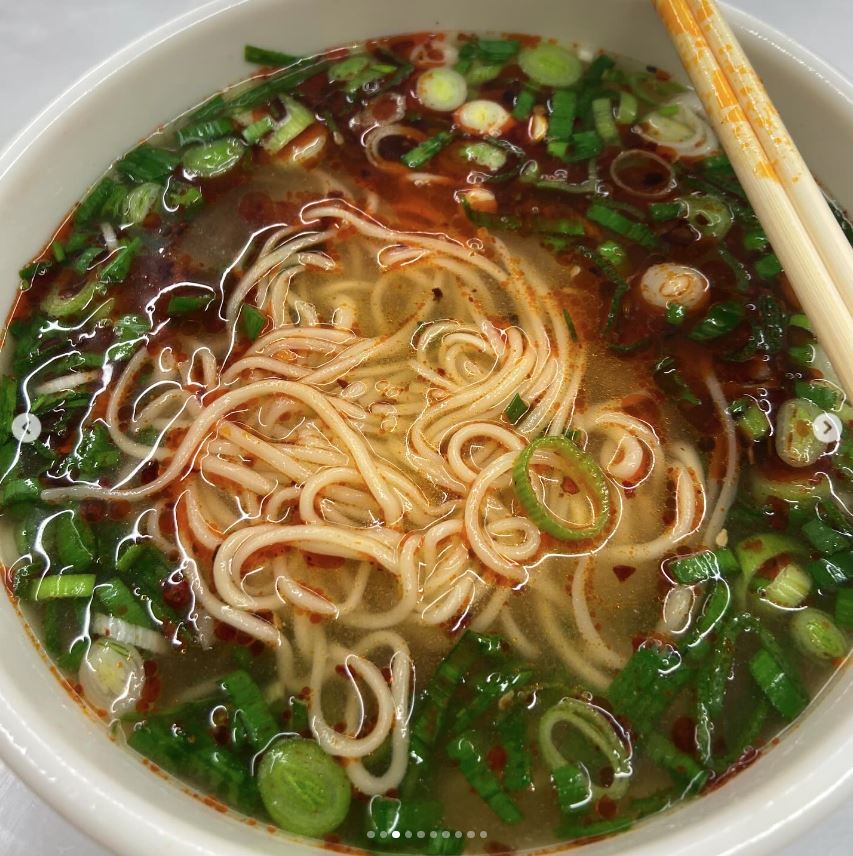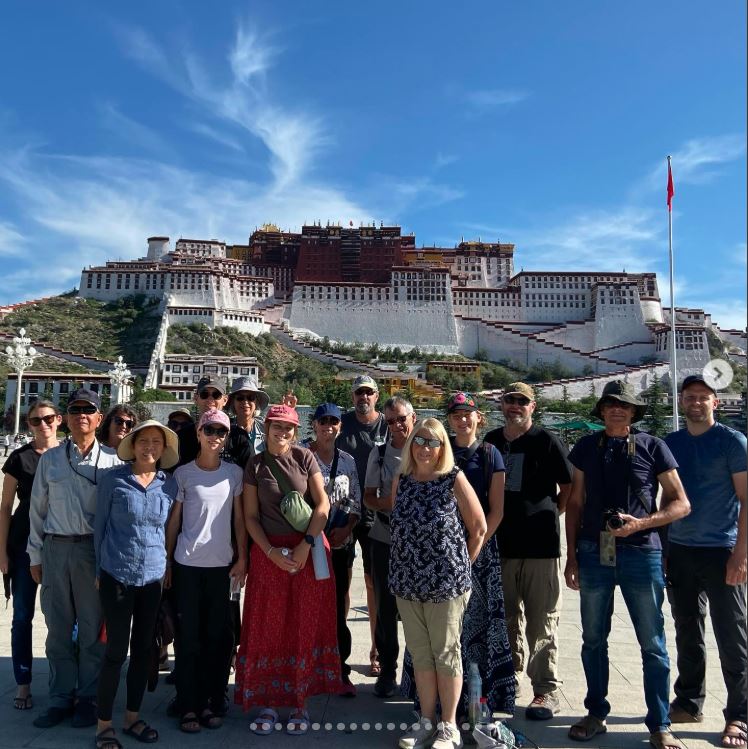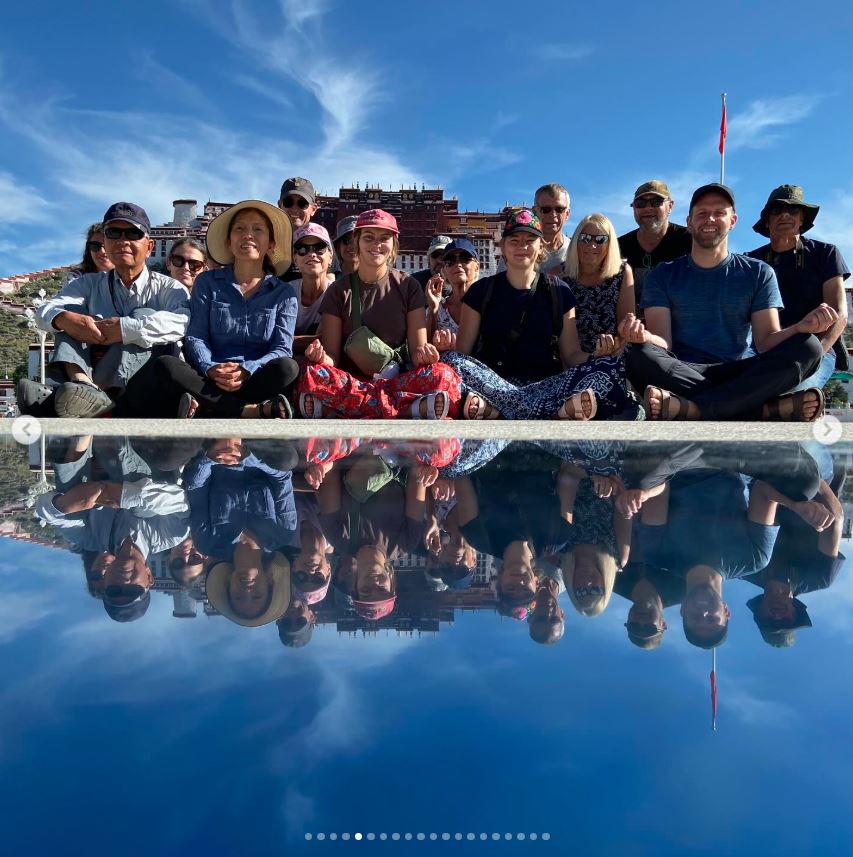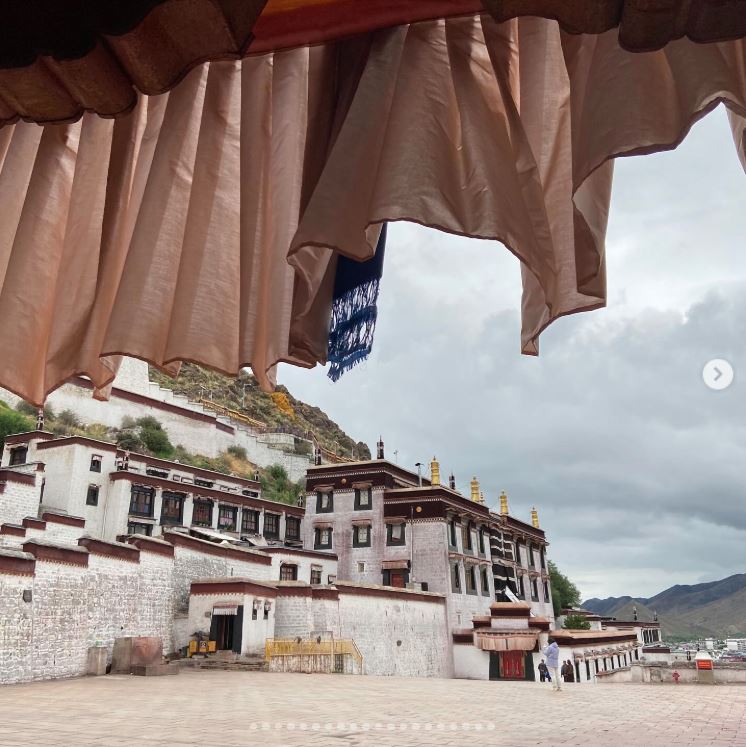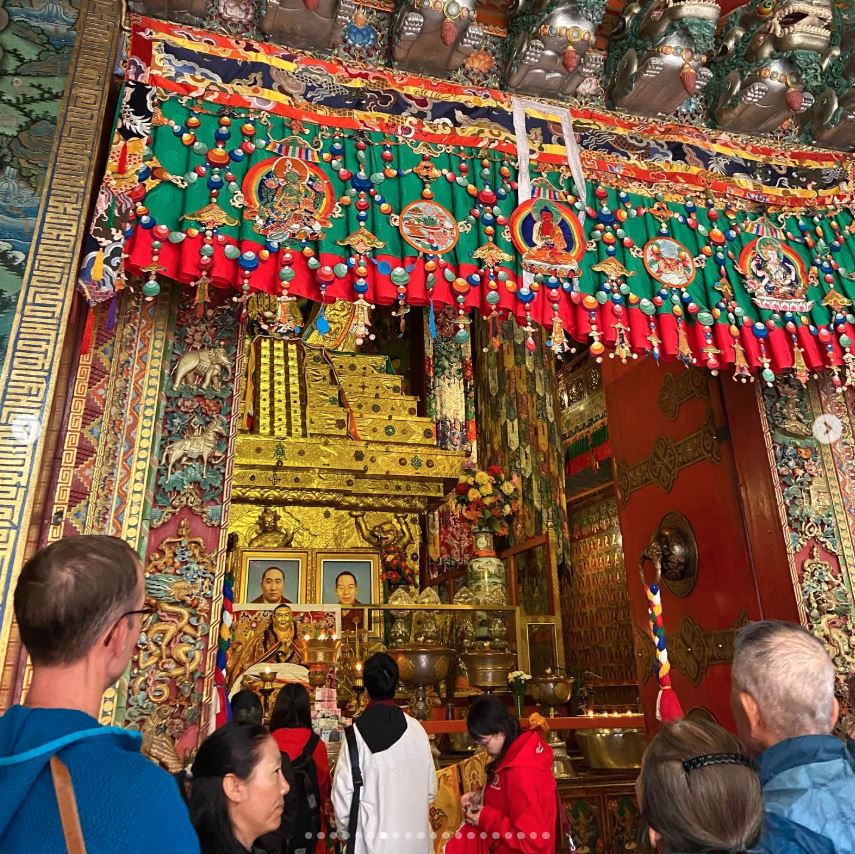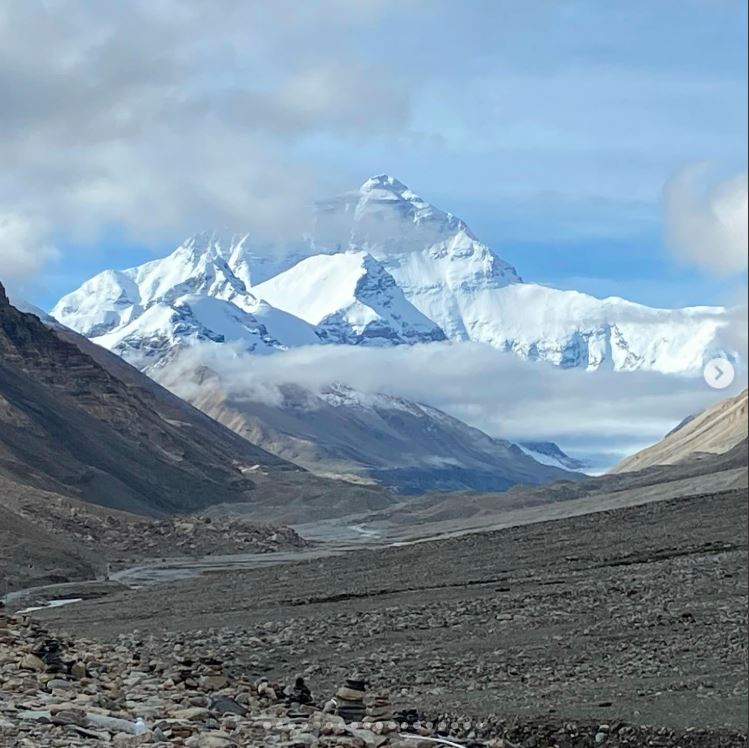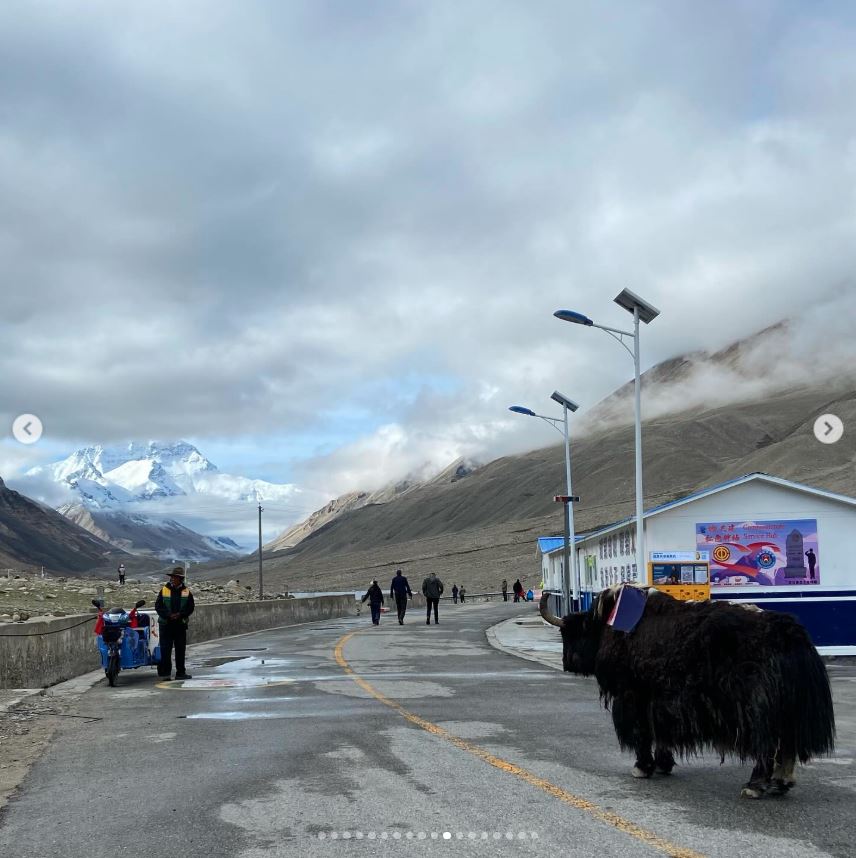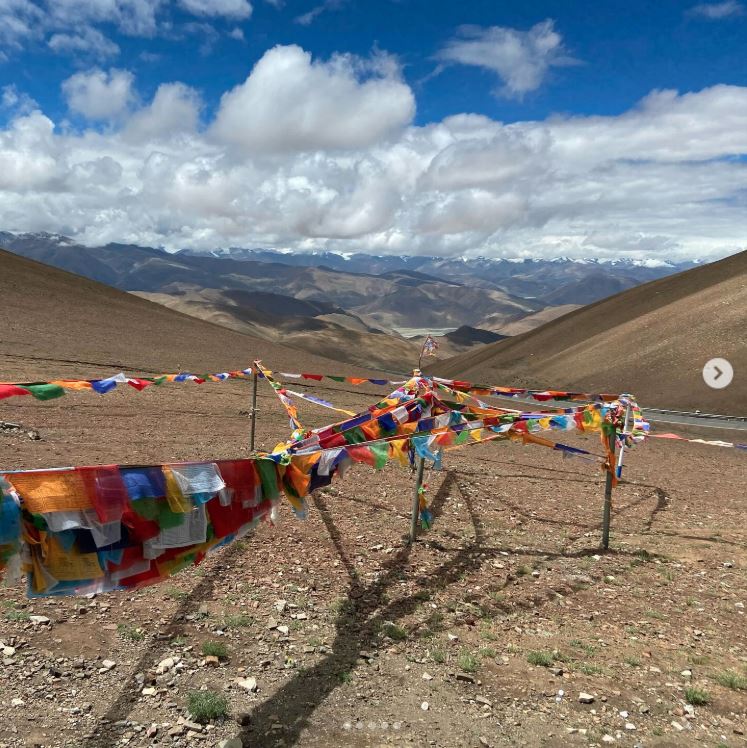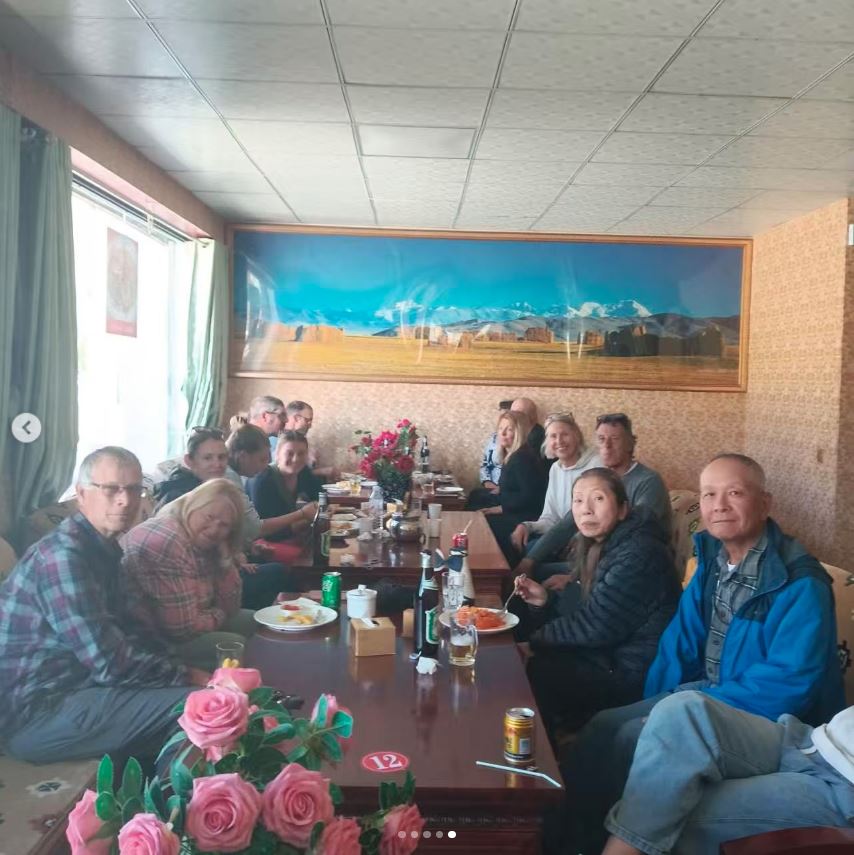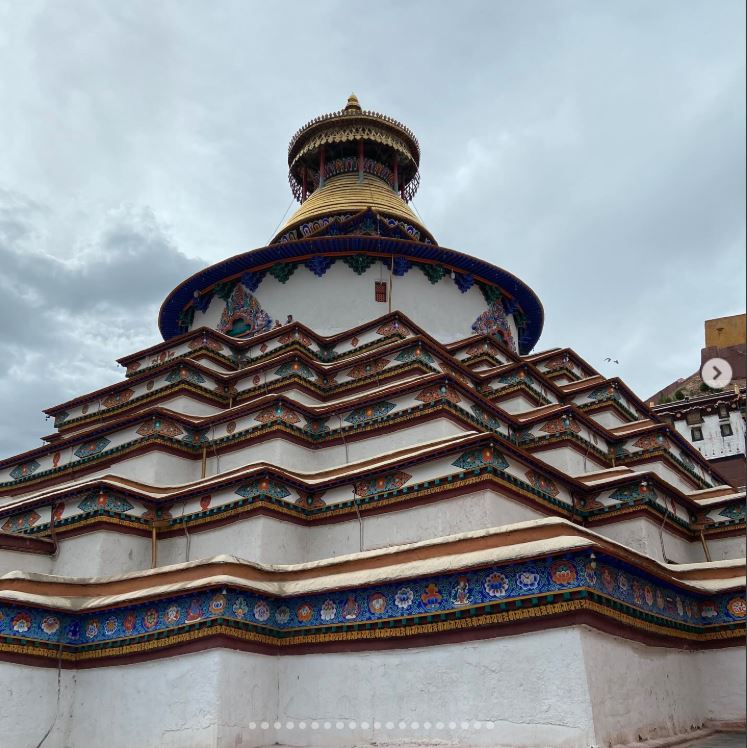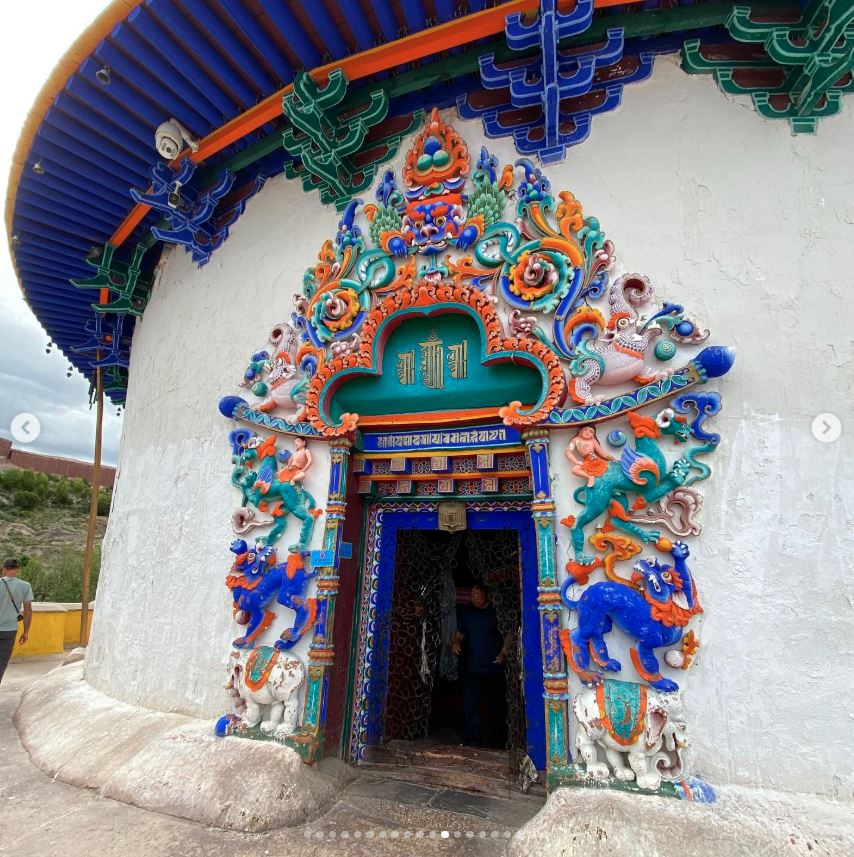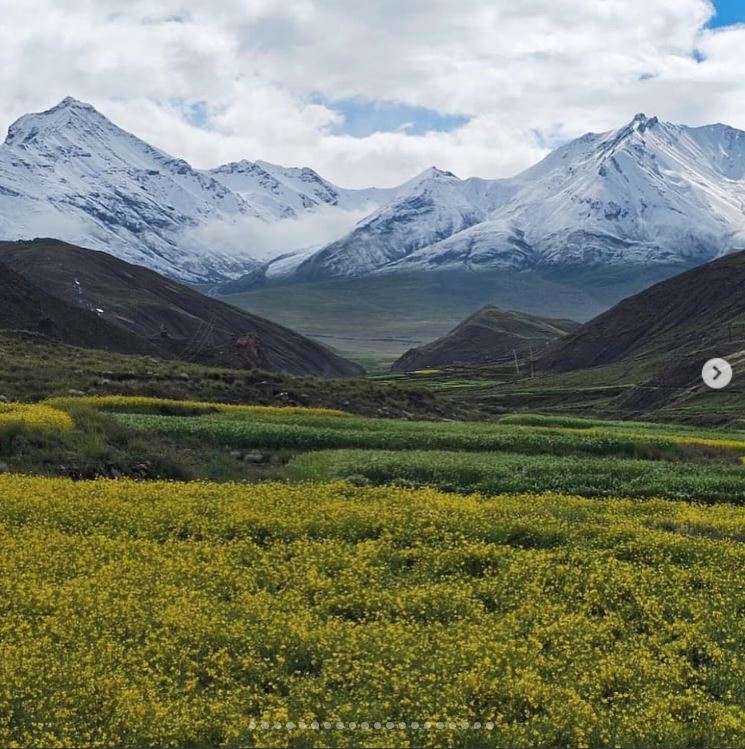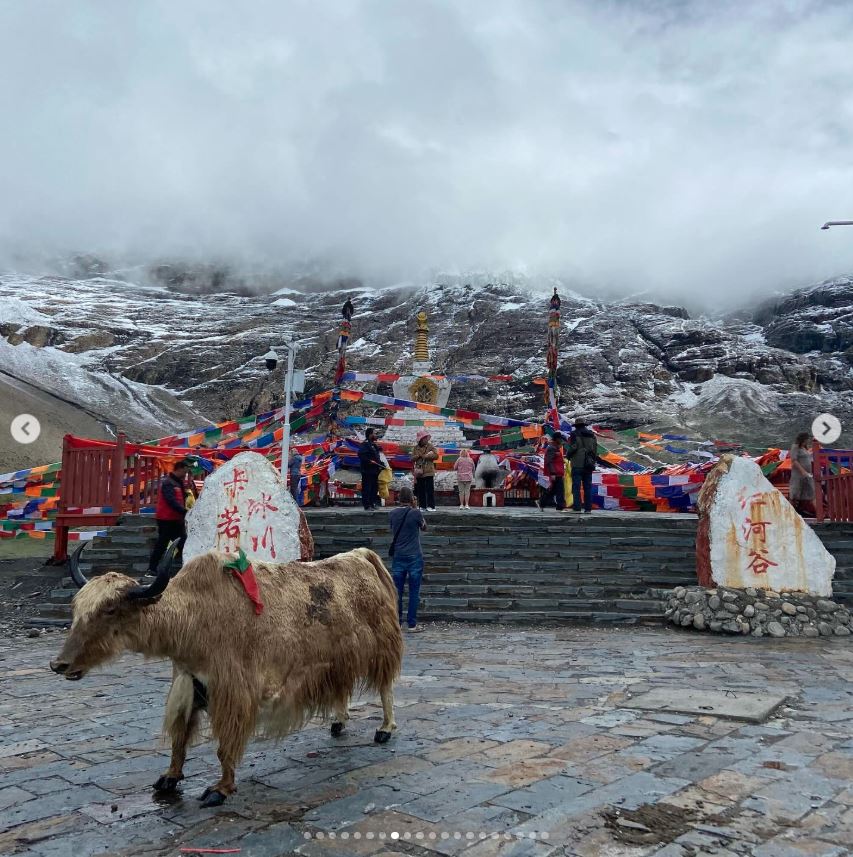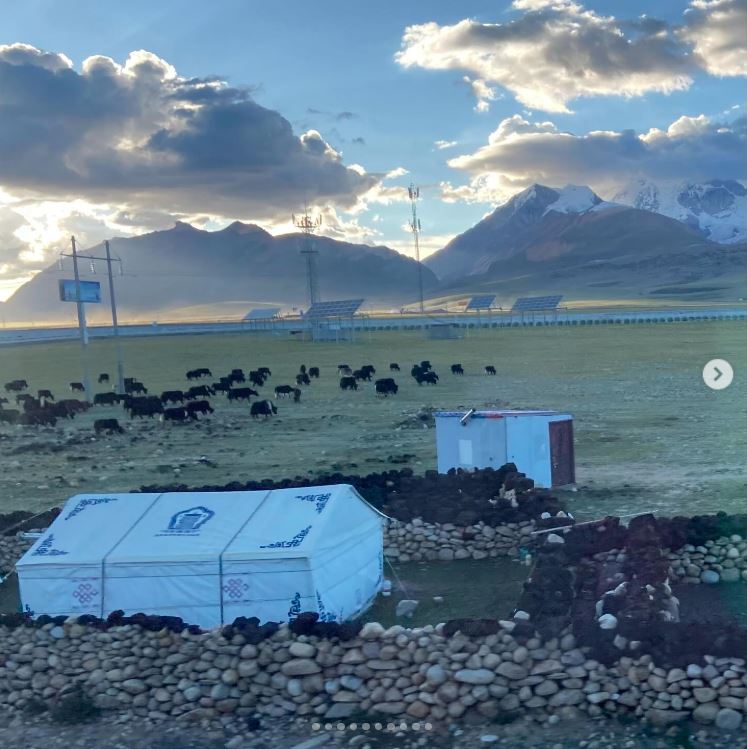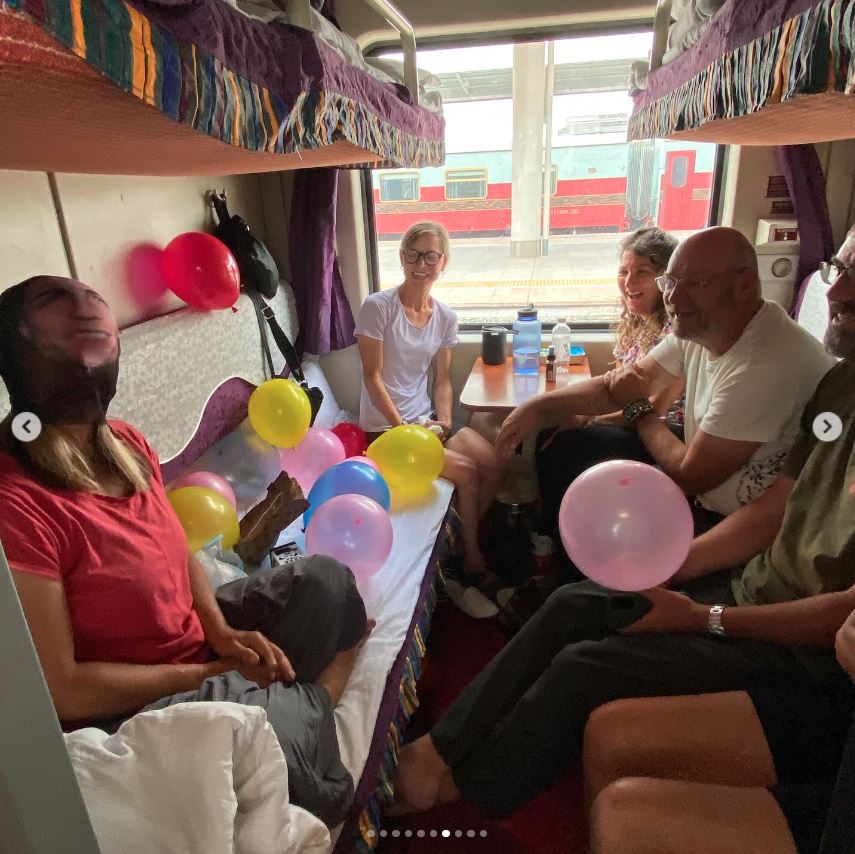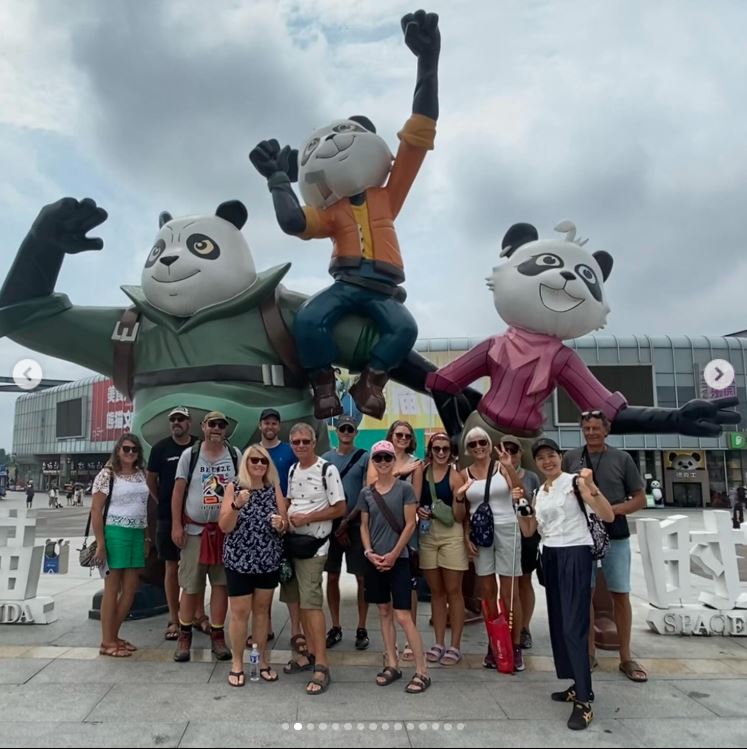- Details
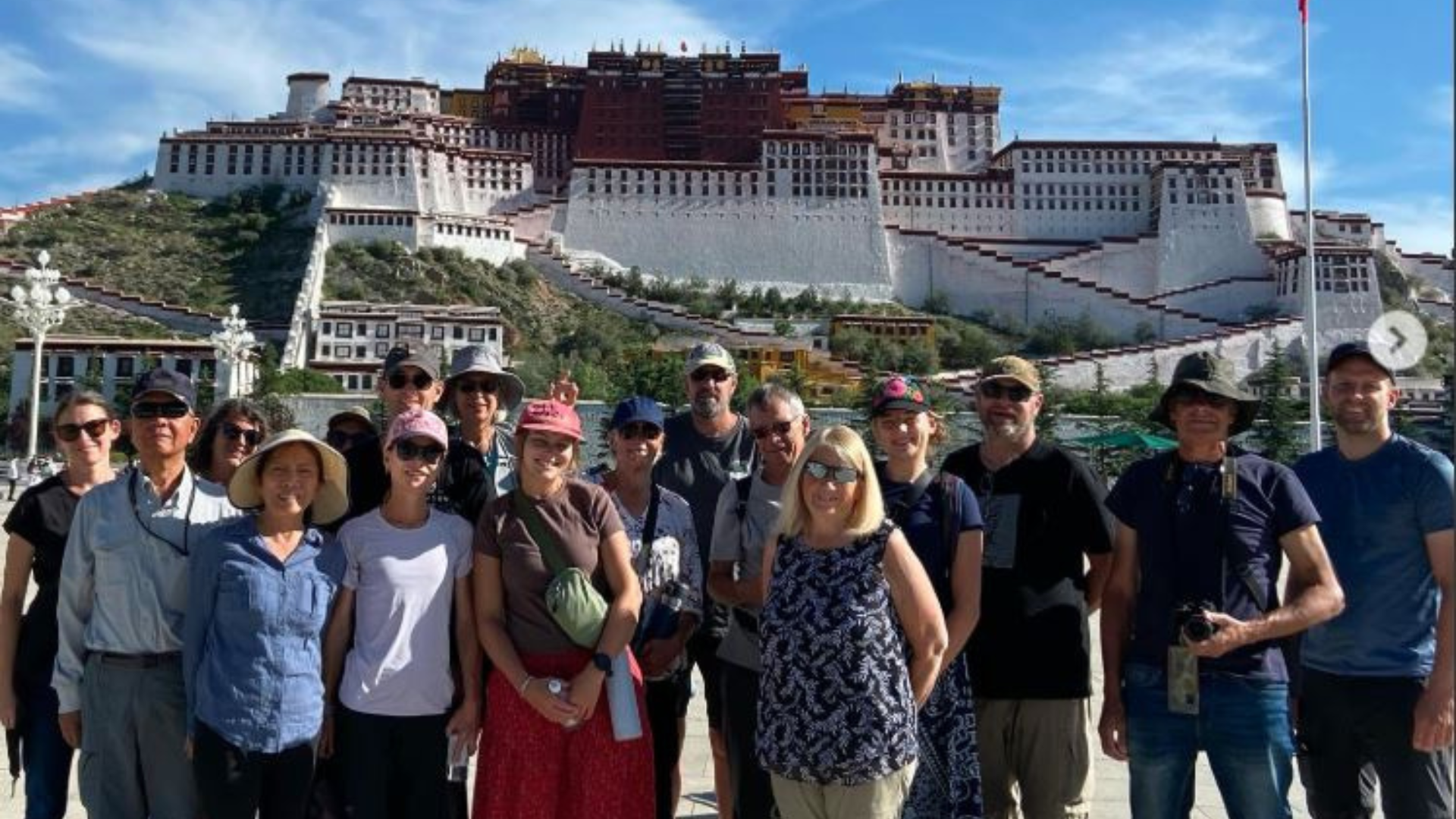
Crossing into China, this trip report by Alexis, Trip Leader for Oasis Overland, follows the group from Kashgar’s Silk Road heritage through desert oases, the Great Wall at Jiayuguan, and the soaring landscapes of Tibet. From the artistry of Dunhuang to sunrise at Everest Base Camp and the vibrant streets of Chengdu, Alexis shares the highlights of an unforgettable overland journey.
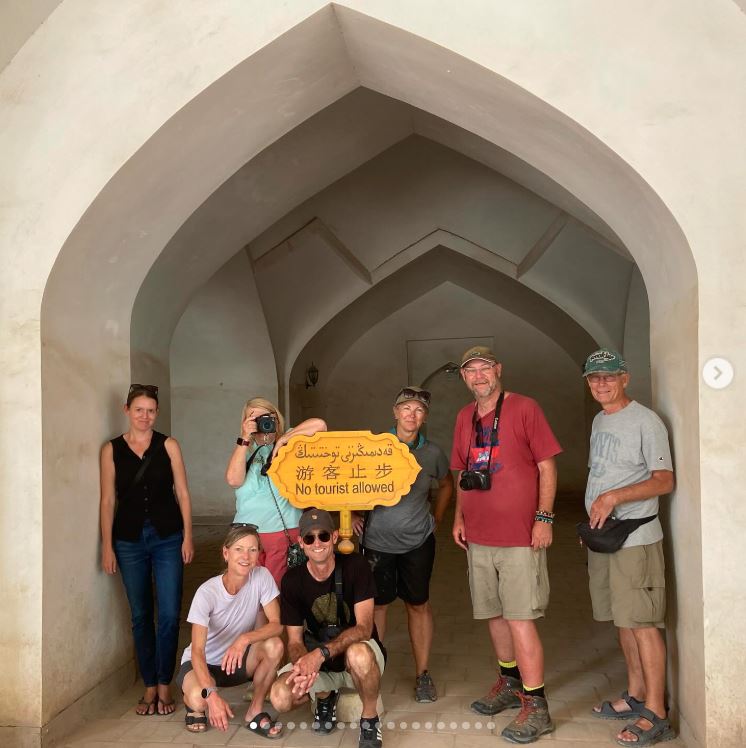
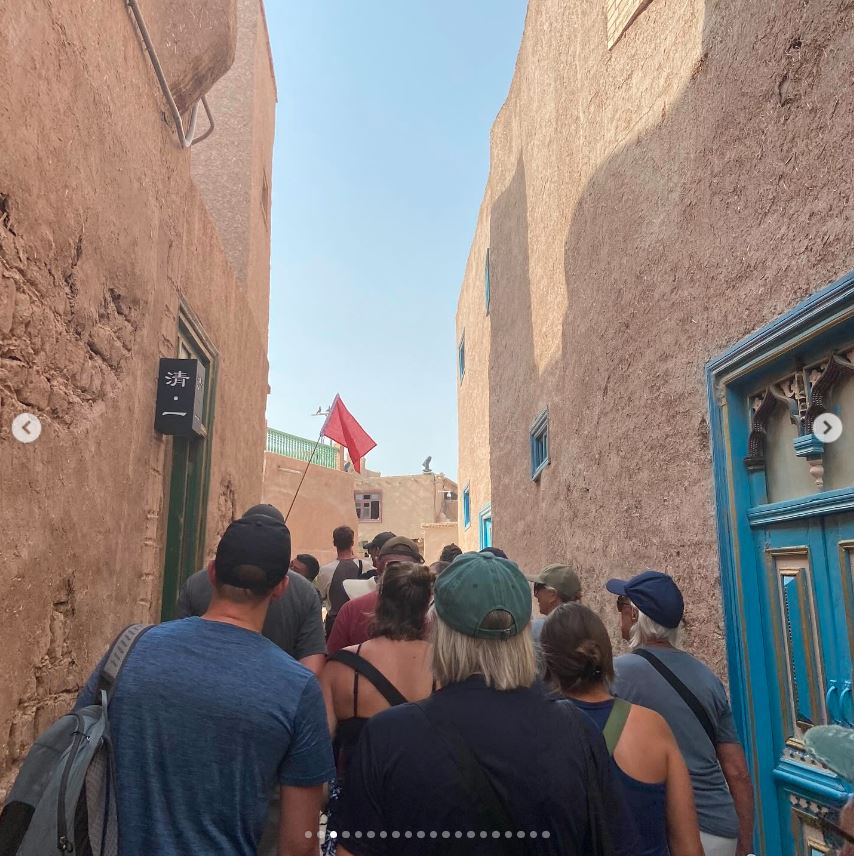
KASHGAR
Kashgar is a city with 2000 years of history and one of the most important hubs of the Silk Road, where central and southern trade routes met. Kashgar borders Afghanistan, Pakistan, Kyrgyzstan and Tajikistan and is closer geographically to Damascus than it is to Beijing. It is flanked by three mountain ranges and a desert. Kashgar is located in Xinjiang or officially the Xinjiang Uyghur Autonomous Region. It is the largest province in China and home to many ethnic minorities, most prominently Uyghurs.
Visiting here is a bit of a shock to the system coming from wide open spaces and more horses than people. Kashgar now feels more tourist trap than ancient wonder at certain times of day. We began our city tour with the opening ceremony of the eastern gate of the old city and it was a spectacle of poor tourism—overcrowded and aggressive in nature—though I did appreciate the experience and the show put on. I love traveling in China and try to embrace every part of it.
We visited the “old old city,” a section that hasn’t been completely reconstructed, before going to the Tomb of the Perfumed Concubine. While interesting and with some beautiful parts (it contains the finest samples of Islamic architecture in Kashgar), the commercialization of the ancient world takes away a little magic. That said, I won’t sit here and say it’s not fun and a bit over the top to visit major tourist sites here. They outdo America at its own game.
Lunch took a long time because it always seems to take ages for everyone to get their payment apps working and for the frustration to pass. I, though, was thrilled as I love eating in China and taking everything in. Our last stop was Id Kah Mosque, the largest mosque in the province and in China, which isn’t to say it is very big, but it is an important site.
What I like about Kashgar is being able to see everything we’ve experienced so far on this journey meet China, with the mix of cultures on display. It is a very interesting and unique place.
KASHGAR TO DUNHUANG
Kashgar and Xinjiang in general have become increasingly popular tourist destinations, making it very hard to secure decent train tickets during this time of year. That meant a change in itinerary and two days of mostly transit. We left Kashgar in the morning on a hard sleeper overnight train and arrived in Dunhuang the following evening.
Hard sleeper means six beds per compartment on this 21-hour train. Many were apprehensive, but I love a Chinese train and the hard sleepers really aren’t uncomfortable. There’s also something about being allowed to sleep all day that really speaks to me after months of non-stop travel! The cultural and human interactions you have here are also special. It’s hard to complain about the experience.
I will say I discovered new parts of my body that hurt after 21 hours of contorting myself on the top bunk of these compartments though. Our destination was Korla, the second largest city in Xinjiang, but we were only here in order to hop a flight to Dunhuang.
We had enough time for breakfast, a shower, a wander through Longshan Park, and lunch before the airport. Longshan Park is the highest point in the city and while it isn’t the greatest park, it does have nice views, a glass-bottom bridge with a very ridiculous and fun slide at the end, plus carnival games. I do love silly fun, so I was entertained. Bonus: I won a panda!
The airport was relatively uneventful aside from panic over power banks being confiscated after a recent law, but all was well and a few hours later we were in the desert oasis of Dunhuang, greeted by one of the very few rain showers they get a year.
The amazing night market was how we ended these two days of travel, and this is one of my happy places—more food stalls than you can count serving incredible things. A top-tier night market.
DUNHUANG
Our fantastic day in Dunhuang began with a visit to Mogao Caves. These caves of a thousand Buddhas are some of the greatest achievements in Buddhist art in the world. Constructed in the 4th century, they thrived for a thousand years. They are truly one of the most important historical and cultural treasures in China. They show the evolution of Buddhist art and paint a picture of the crossroads of the ancient Silk Road with its cultural, religious, and intellectual influences.
Unfortunately, you can’t photograph inside the caves, but they are deeply impressive. Next we headed to Mingsha Mountain and Crescent Lake, a playground in the sand dunes. I elected to take a helicopter ride over them and it was amazing—so much fun! It was a tiny little chopper which made it feel fast and exciting. The views over the desert were incredible. Another top-tier experience here in Dunhuang.
Speaking of top-tier, the Ancient Sound of Dunhuang show was what I might describe as mind-blowing. It was simply unexpected. It begins with immersive theater in two holding rooms before doors open to the main theater and everybody rushes in for good seats. With adrenaline pumping after the immersive teasers, we all sat with anticipation and the production exceeded expectations.
It was especially great to see after visiting the caves and getting a sense of place and time. More night market ended this fabulous stay in Dunhuang.
DUNHUANG TO JIAYUGUAN
Easy early morning bullet train to Jiayuguan, home of the westernmost section of the Great Wall of China. Additionally, it is quite a nice small city and we were free to explore it.
But first! We arrived at the hotel to find a restaurant opening just next door, which here means a rather dramatic display of fireworks in the parking lot. We ended up being welcomed in and had a fantastic lunch. Really nice people and we were thrilled to be part of their opening.
Later, I checked out a really cool cafe, ate excellent food on plastic tables on a sidewalk, and took in live music at a local bar. A necessary, chill day for me.
There is a morning market next to our hotel and it’s amazing—such wonderful things for sale here. Unfortunately, I have no photos of this, so just imagine gorgeous produce including things most of us have never seen before and stalls selling artisanal products wholesale.
In the afternoon we went to the Jiayuguan Pass section of the Great Wall. This is literally the entrance to the Great Wall—the oldest section. You have the standard commercialization of popular tourist attractions, but still a cool site to visit, especially when taking in the incredible history and imagining what the (mostly reconstructed) walls have seen.
We now begin our long journey to Lhasa!
JIAYUGUAN TO LHASA
A late afternoon bullet train took us from Jiayuguan to Xining in Qinghai province. Unfortunately, we only had enough time to eat some famous Lanzhou beef noodle soup before boarding the iconic high-altitude train to Tibet! While the journey is well over 20 hours, it is comfortable and rewards with idyllic views complete with about a million yaks.
Unfortunately, it is all very difficult to capture on a cell phone and through less-than-clear windows, so I apologize for the poor quality of images. We arrived in Lhasa in the evening, giving us a short time to see the city lit up and rest as we adjusted to the altitude. I think everybody is pinching themselves—time to explore Tibet!
LHASA
This morning we visited Potala Palace. This is one of those places that feels almost mythical, a place you can’t imagine visiting in your lifetime, but here we are! Even having been before, it is still striking. This winter palace of the Dalai Lama since the 7th century, and the highest palace in the world, is Tibet’s most iconic monument and a symbol of national identity.
While overrun with tourists, it remains a deeply sacred place and attracts thousands of pilgrims who perform the Kora here. A delicious momo lunch followed before visiting Jokhang Temple, the most sacred in all of Tibet. It is the oldest temple in Lhasa and the ultimate pilgrimage site. It feels slightly awkward to take photos while pilgrims are on their knees outside, but it is a powerful experience.
The old town of Lhasa is incredible to wander and simply take in life. For all the new KFCs and tourists, real life is still happening around you and it is unlike anywhere else. We had another birthday today, so we went to dinner at a great place with views of the Lhasa River and Potala Palace, a fitting end to our stay here.
LHASA TO SHIGATSE
A short drive through unpleasant weather brought us to Shigatse, Tibet’s second-largest city and home to Tashilunpo Monastery. The monastery was built by the first Dalai Lama in the 15th century and is one of the most important in Tibet.
A big difference between visiting here and Potala or Jokhang is the relative lack of tourists. Mostly you will find locals and encounter some of the over 1,000 monks who call this monastery home. You can feel the spirituality, the depth of faith, and the antiquity of it all.
The monastery is also home to the world’s largest copper statue, which was thankfully spared thanks to clever locals concealing it as food storage. Unfortunately, being Sunday, we missed the monks’ evening chanting, but it was still a fantastic experience.
The city of Shigatse is also quite pleasant and we had a lovely dinner out. With so few westerners here, people are very curious, kind, and friendly—you leave establishments with new friends. The rain certainly couldn’t spoil this day! I also loved the traditional Tibetan-style hotel, complete with a cat Assistant Lobby Manager.
SHIGATSE TO EVEREST BASE CAMP
We awoke in Shigatse to gorgeous blue skies, which gave me hope for clear days at Everest. The drive brought a mixture of sun and rain. The rain grew heavy as we passed 5,200 meters and inched closer, but we got very lucky.
We had nearly clear views of Everest and beautiful weather on arrival, a delicious hot pot dinner, and a perfectly clear view of Everest in the morning. Pure magic. I also visited Rongbuk Monastery (the highest in the world!) on my own and was completely alone—just me and the monk’s morning chanting. Another magical experience, amplified when I walked out to find a yak in front of me as the clouds cleared from the mountain.
Sleeping (and existing) at 5,000 meters isn’t the easiest, and our oxygen canisters were definitely used overnight, but we all did very well with the altitude. It was a truly special, life-highlight stop. This is EVEREST.
EVEREST BASE CAMP TO TINGRI
The morning was spent in awe of Everest before a mostly transit day, a stop between base camp and Gyantse. We paused at the 5,200-meter pass without rain and got some spectacular views. We arrived in the small town of Tingri for a late lunch and a Lhasa beer before some chill time to recover from the altitude (still at 4,300 meters!) and lack of sleep.
TINGRI TO GYANTSE
First stop of the day was the highest pass of this trip at 5,248 meters! Even though I am born for warmth and sea level, it is wild and cool to be here at the roof of the world in the highest country in the world!
Our last monastery visit followed at Pelkor Chode, one of the most important in the country and home to a Kumbum stupa, the largest in Tibet. It is a compound of several monasteries and all three sects of Tibetan Buddhism are practiced here, another unique feature of this absolutely favorite monastery. The Buddhist art is remarkable and different from others we’ve seen. The stupa is incredible, and being able to climb it and take in beautiful views of Gyantse and its impressive fortress is very special.
We then walked to the hotel through a village, which was an absolute highlight. An excellent final stop in Tibet!
GYANTSE TO LHASA
What a drive! Last year it was a hideous day, and Karola Glacier and the rest of the landscape were covered in cloud, but today we had blue skies and so many glaciers and snowy mountains. Epic.
We also stopped at Yamdrok Lake, one of the three holy lakes of Tibet. One of the myths surrounding the lake is unforgettable: once, a beautiful young girl bathed in the lake and caught the attention of a rich man who tried to kidnap her. A fairy appeared, defeated the man, but refused to let the girl go. Both sank to the bottom of the lake. Villagers later found only his body and a white bird emerging from the lake. They say the fairy turned her into the white bird, which is why the lake is home to so many white birds.
The viewpoint is very touristy, and I feel for the poor yaks, baby goats, and Tibetan mastiffs there for photo ops, but it is very beautiful. This was our last time at 5,000 meters. After a few viewpoints, we descended to Lhasa and were dropped at the railway station to board our train to Chengdu. This would be our second time on this high-altitude train, only this time it would take 36 hours!
LHASA TO CHENGDU
Once again, the day went off plan! Unlike last year, we did board the train, expecting a 36-hour journey (complete with a birthday!) but around hour 18, I was told that the Xining to Chengdu portion of the train was canceled. Shocked, we immediately went into action with very little time to make alternate arrangements.
Immediately after hearing the news, we hit the longest tunnel of the whole train, knocking out my cell service. Long story short, the guide and transport were sorted in Xining, flights were booked, an airport hotel was arranged in Chengdu, and off we went. The flights, naturally, were very delayed, but we arrived in Chengdu roughly 36 hours from Lhasa anyway! The train journey was stunning while it lasted (incredible sunrise that couldn’t be properly captured). Everyone made it to Chengdu and we luxuriated in a top-tier bed. Wins all around.
CHENGDU
Chengdu is probably my favorite city in China. It is a mega city of 22 million people, but feels much smaller. It is the happiest city in China, the greenest, and the reading capital of the country! I even encountered a four-story mall of only books, and it was packed. Loved it.
This city has vibes. Additionally, Chengdu has pandas, of course! And the city has panda fever, which somehow doesn’t feel tacky. Chengdu is in Sichuan province, so obviously I had to take everyone for hot pot, followed by a quintessential Chinese experience…KTV! Private room karaoke is really so much fun. I was so happy to be back in Chengdu, and our first day was fantastic. Shout out to our guide Nancy, who went above and beyond.

